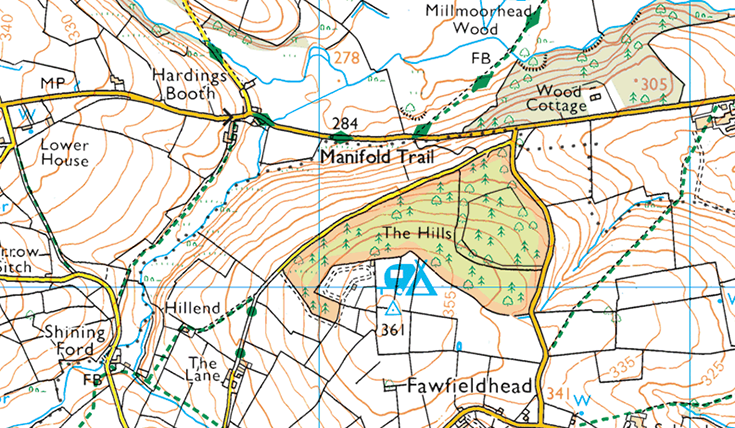Access Issues
We all like to get out and enjoy the countryside, whether that’s walking climbing, kayaking, or just wild camping bushcraft style! However, people are often unsure of where they can go and what they are allowed to do, and so by not knowing the access agreements or laws may unknowingly jeopardise hard work built up over time to develop an area.
In this article I will help to explain your rights and where to find out more detailed info.
England & Wales

Open Access Land The Countryside Rights Of Way act (CRoW Act) 2000 was designed to open up Mountains, Moors, Heathland and Downland for walkers, climbers, runners, and for all to explore and enjoy. Before the CRoW Act everyone had to stick the public rights of way and not stray from the paths.
Open Access Land is marked on all current OS maps.
The rights are for foot access only and are intended to allow people to explore the area, however this does not include activities such as camping, lighting fires, horse riding or mountain biking etc.
Land owners may also restrict the access for up to 28 days per year for reasons such as nature, conservation, public safety and land management.
In England and Wales there is no right to ‘wild camp’ as all land is owned by someone or an organisation and permission must be sought from the landowner prior to pitching a camp. This is a little impractical and is not usually enforced in remote and high mountain areas however in lowland areas near farms and dwellings you are likely to get moved on and rightly so. I have often stopped at a farm and asked permission form a landowner to pitch for the night and most are more than happy to oblige.
The CRoW Act has taken nearly 100 years (in one form or another) to come into force and while a good step in the right direction has still stopped short of a few areas. These are discussed below.
Coastal Areas
Marine and Coastal Access Bill
Currently access to the coastline and beaches is via the permission of the landowner however if you are arriving by sea then you are permitted up to the ‘Mean Low Water’ mark (found on OS maps). A number of organisations including the BMC are actively campaigning for the rights of all users (including climbers and walkers) to extend this access to the beaches, foreshore and further inland.
Woodlands and Forests
The Forestry Commission has started the process of designating its land for public access under the CRoW Act. Landowners can choose to designate woodland under the Act, thereby securing public access in the event the land is sold to another owner.
Crags
Again this is covered by the CRoW Act and some crags fall within an access area and some do not. The BMC have a database with access details to all UK crags.
Rivers
Only 2% of the England and Wales inland waterways have access rights to the public, which is a major source of controversy having been left out of the CRoW Act, the BCU are actively campaigning the issue and created the River Access Campaign to lobby parliament.
Scotland
The situation is different in Scotland and you have a Right of Access, provided that you do so ‘responsibly’. The act applies to hills, mountains, moorland, woodlands, forest, rivers, lochs, canals and coastlines.
In Short
We have a huge amount of people in the UK competing for a limited amount of space and all wanting a countryside that is not destroyed, by over use or ignorance of passers by. Many people have different opinions such as landowners, walkers, fishermen, canoeists, conservationists etc. however most of us hope to see the access increase as time goes on and to see the land enjoyed by all. Just remember before you go on an adventure and step off the beaten track, do your research!
By Tom Hatt

Leave a Reply